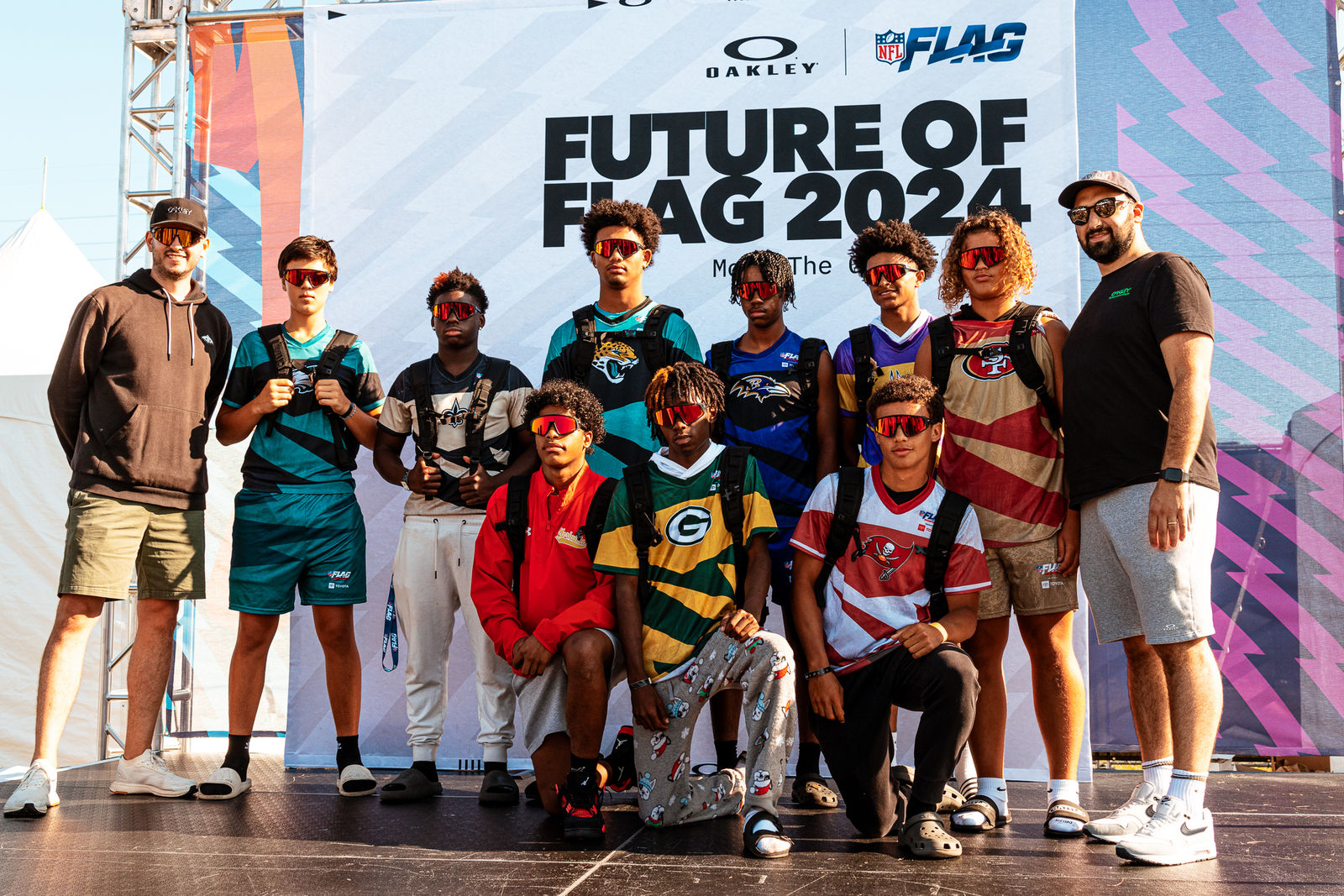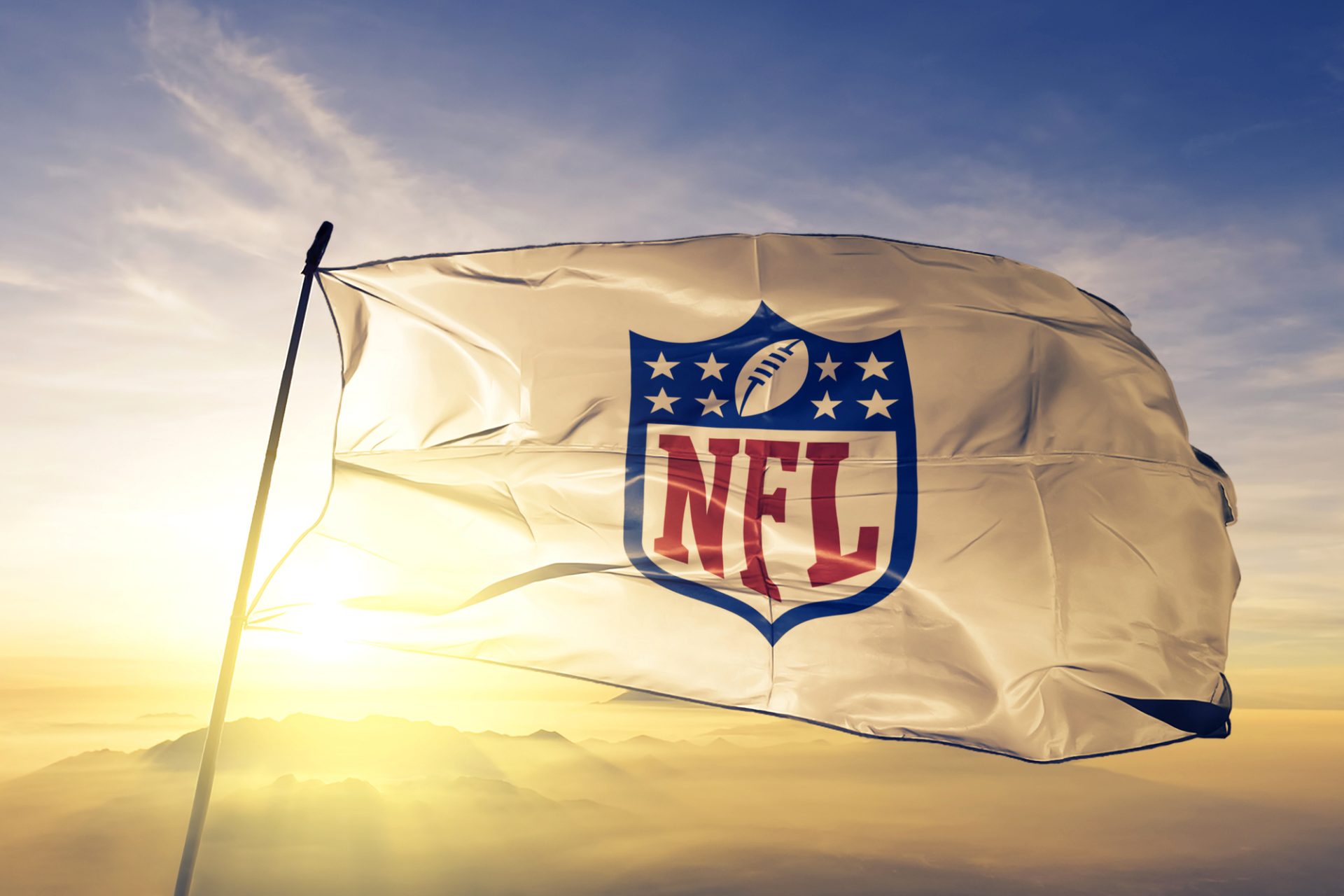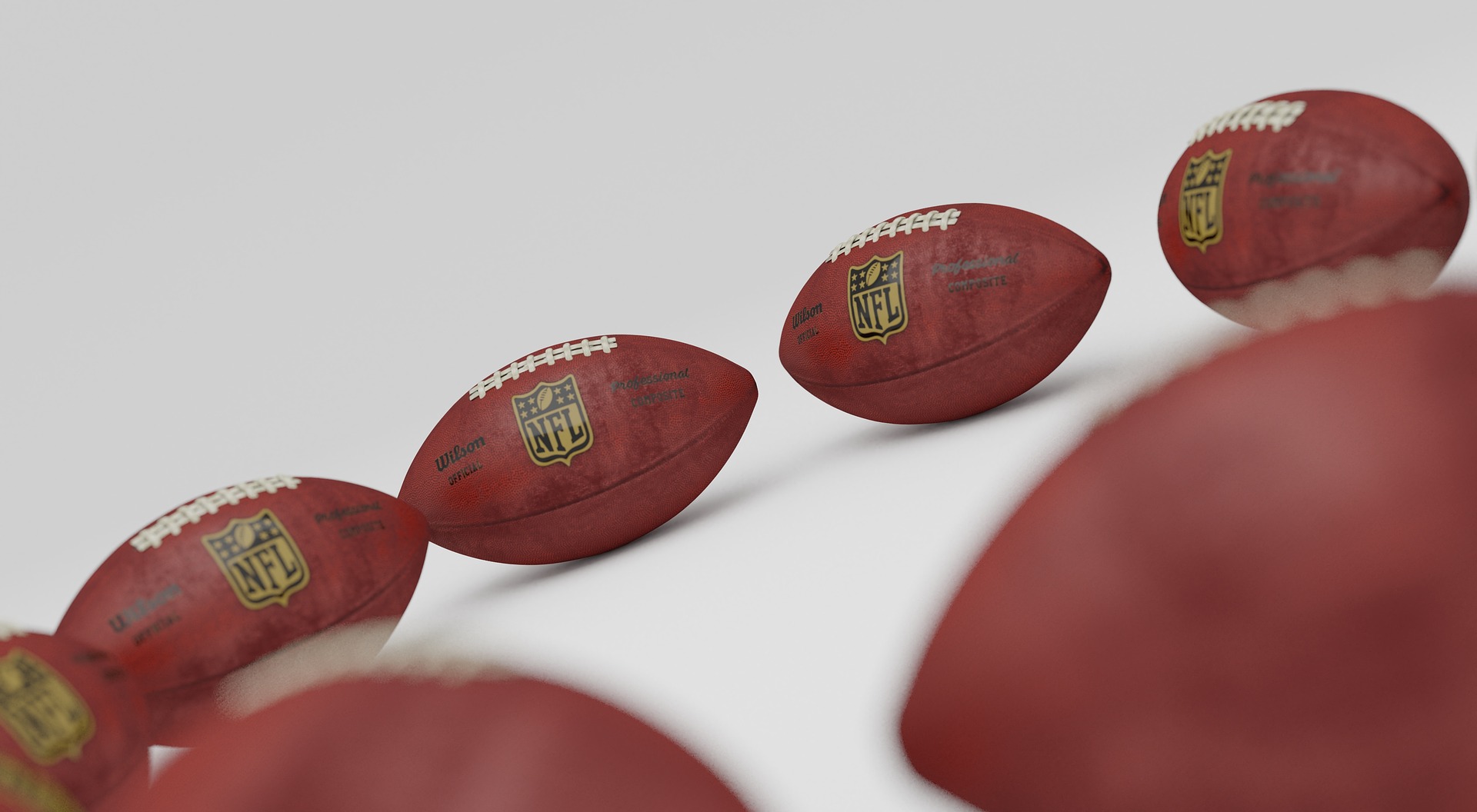Do NFL Players Go To The Bathroom On The Sidelines?
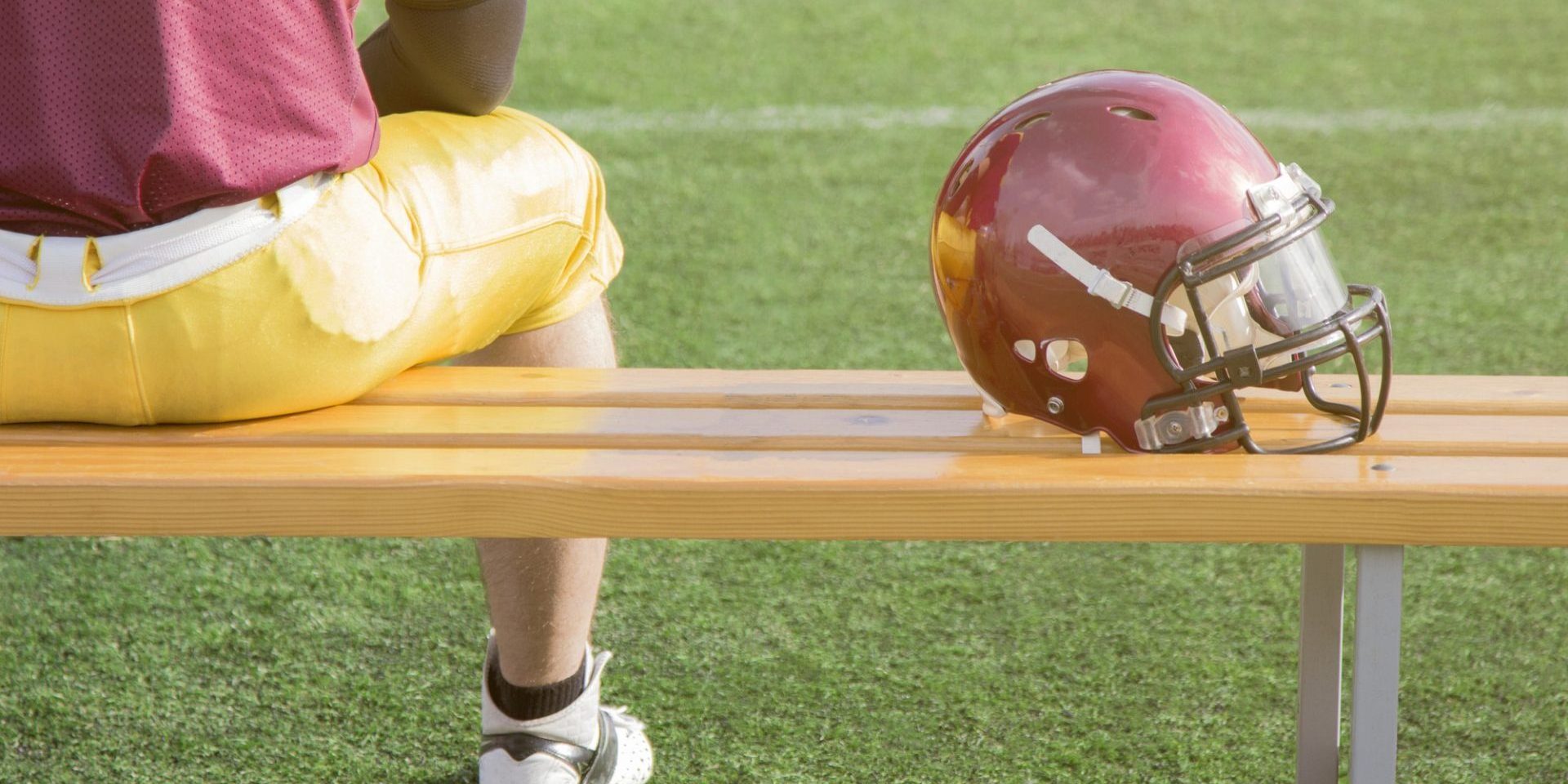
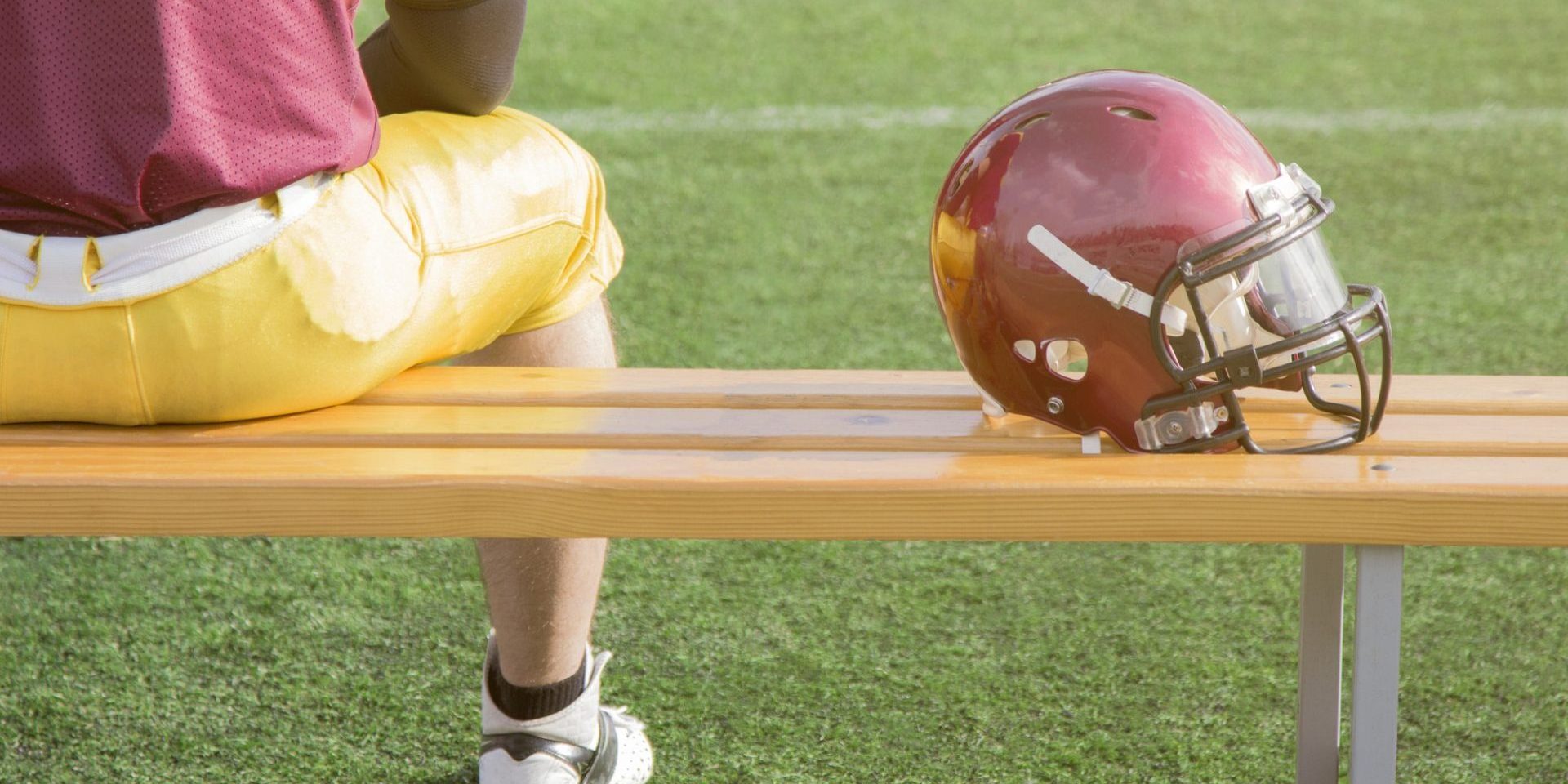
Table of Contents
When it comes to professional football, a frequently asked question is whether NFL players go to the bathroom on the sidelines during a game. The answer to whether NFL players go to the bathroom on the sidelines is a resounding yes, but it’s a complex issue shrouded in practicality and discretion. During the intense hours of a football game, players have been known to relieve themselves in various ways, from utilizing collapsible sideline toilets to resorting to more covert methods like peeing in towels or cups, and sometimes even in their pants. The necessity to stay present and ready on the field has led to some creative and surprising solutions to answer nature’s call without missing a play.
The reality is, while not broadly discussed or showcased during broadcasts, the need for NFL players to use the bathroom while on the sidelines is handled with as much discretion and professionalism as possible. Team staff and the culture of the sport understand and accommodate this natural requirement, ensuring that it doesn’t interfere with the flow of the game or the performance of the players.
Understanding the Challenge
In the fast-paced environment of an NFL game, players face unique challenges when it comes to taking restroom breaks. The continuous nature of the sport, along with the physical demand on the athletes and the stadium infrastructure, all play roles in how, when, and where players can address this basic need.
The Nature of the NFL Game
An NFL game is continuous and broken into four quarters with limited timeouts and breaks in play. Players are on the field for extended periods, often exceeding an hour of real-time, which can span into several hours of broadcast time, including stoppages. The clock management aspect of the sport means that taking unscheduled breaks can interfere with the flow of the game and team strategy.
Physical Demands on Players
Players are expected to be on the field or ready on the sidelines at a moment’s notice. The physical exertion, hydration protocols, and adrenaline during a game increase the need for restroom breaks. However, physically leaving the sideline for such breaks is not always possible, especially for key players deeply involved in the game setup.
Stadium Facilities and Arrangements
Stadiums are equipped with restroom facilities, but these are not always conveniently located relative to the players’ bench or locker rooms. Players might have access to nearby portable toilets, but using them during the game can attract unnecessary attention. Options on the sidelines are discreet but limited and may include towels and other makeshift solutions to ensure privacy and cleanliness.
Historical Context and Notable Incidents
As the nature of professional sports is both physically demanding and time-consuming, instances where NFL players have had to take bathroom breaks during games are part of league lore.
Infamous Sideline Bathroom Stories
Channing Crowder, a former Miami Dolphins linebacker, openly admitted to urinating in his pants during every game of his six-year NFL career in a move to avoid leaving the field. Placekicker Nick Novak, who played for several teams, was caught by cameras relieving himself on the sideline during a game, using towels to shield himself. These stories highlight the sometimes pragmatic approach players have taken to address an age-old issue.
Adaptations Over Time
Over the years, NFL teams have equipped their venues with more discrete options for players needing a quick break. Denver Broncos’ guard Manny Ramirez, for instance, was known to use sideline portable toilets disguised as advertisement boards. Jered Weaver, a major league baseball pitcher, rather than an NFL player, nonetheless contributed to the conversation by retreating to the clubhouse for bathroom breaks, suggesting that off-field facilities are sometimes accessible even during playtime. The presence and use of such solutions demonstrate the league’s acknowledgment of bathroom-related needs during games.
Player Strategies and Solutions
In the competitive environment of NFL games, players employ various strategies to manage the natural need to relieve themselves during a game.
Temporary Measures During the Game
During an NFL game, time is of the essence, leading players to use temporary solutions when they need to relieve themselves. These solutions range from using towels to create a shielded area on the sidelines to more discreet actions, such as a quick trip to a nearby bathroom if the situation allows. In the most urgent situations, they sometimes have no choice but to use a Gatorade bottle away from the public’s eye. These tactical, on-the-spot decisions are common and are carried out as inconspicuously as possible.
Pre-game and Half-time Planning
Players often take preventive measures before the game and during half-time to minimize the need for in-game bathroom breaks. They carefully manage their liquid intake and use the restroom just before the game and during half-time to reduce the likelihood of needing to relieve themselves during play. While not common, some players may choose to wear diapers for the event of an absolute emergency, though this is not a standard practice. The planning for these scenarios is as critical as any other game strategy, emphasizing efficiency and the need to stay focused on the game.
The Impact on Game Dynamics
In National Football League (NFL) games, managing bathroom needs is critical for maintaining player performance and can influence the game’s flow and strategy.
Bathroom Needs and Performance
Players’ physical performance can be significantly hindered by the urgency to use the bathroom. Proper hydration is essential for peak athletic function, yet the resulting need for bathroom breaks can be inconvenient. An ill-timed bathroom break may lead to a temporary reduction in the team’s capabilities on the field, potentially leading to lost opportunities or allowing the opposing team to capitalize on the momentary numerical advantage.
Breaks, Strategy, and Concentration
Strategically timed timeouts may serve dual purposes: allowing players to rehydrate and, if necessary, take bathroom breaks. However, the interruptions must be handled efficiently to minimize disruption. Unplanned or frequent breaks can lead to lost momentum, shifting the focus from the game. Players may experience a drop in concentration, risking errors or misjudgments that can lead to turnovers. Careful coordination is required to ensure that bathroom needs do not undermine the team’s collective focus on winning the game.
Broadcasting and Public Perception
When NFL games are televised, the coverage extends beyond the gameplay itself, encompassing player behavior on the sidelines, including bathroom breaks, which can affect the public’s perception of the athletes and the game.
Coverage of Sideline Activities
TV broadcasters have numerous cameras that capture various angles of the game, including less focused-on areas like the sidelines. This extensive coverage can sometimes reveal intimate moments of players, including situations where they may need a bathroom break. Broadcasters typically do not focus on such moments to maintain the privacy of the players. Instead, they direct the audience’s attention to the ongoing game or other significant sideline activities.
Fan Reactions and Expectations
NFL fans generally are aware that players are human and have basic needs, such as bathroom breaks, even during a game. However, there’s an unspoken expectation that such moments remain off-camera. Staff members might facilitate quick and discreet solutions for players in need. Fans usually express their curiosity and amusement regarding such events through discussions on forums and social media when they are inadvertently witnessed, but they also show an understanding that certain aspects of player privacy should be respected during broadcasts.
Image courtesy Depositphotos.


